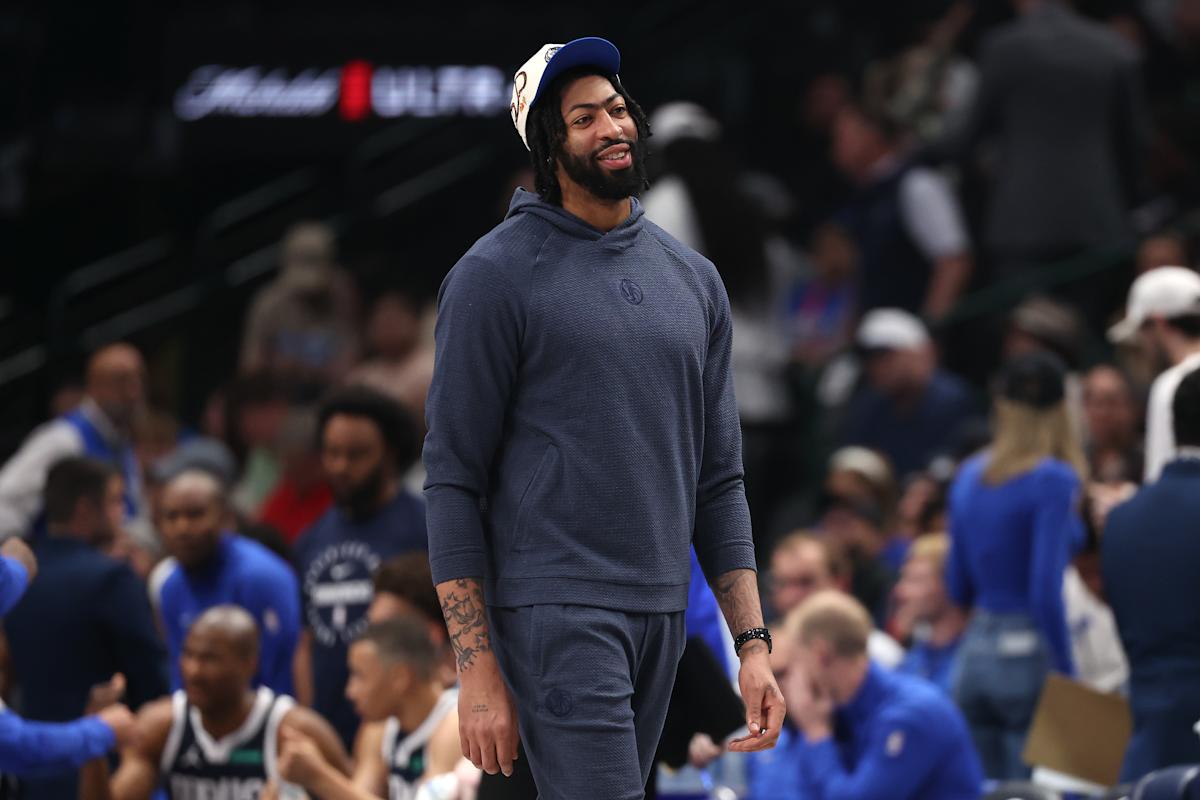NCAA leaders have been mulling whether to enact a significant rule change that would grant college athletes a fifth year of eligibility, but Ross Dellenger of Yahoo Sports reported on Thursday that the proposed “five-for-five” plan might get tabled for the time being.
That begs the question: Will such a rule change occur in the future, and is that the right move? Would the NCAA and its stakeholders be better off keeping things as they are, with athletes able to play four seasons in five years, with the redshirt available?
It’s a complicated issue with no clear-cut solution that will likely invite legal battles one way or another.
Pros of the “five-for-five” proposed rule change
If this proposed rule is enacted, all college athletes can have five years to play five seasons. Experts say that redshirts would be eliminated, and waivers would likely be, too.
The attractiveness of this is that everything would be uniform for every program across every sport. No more inconsistent waiver exceptions that seem to be granted or denied by the NCAA without rhyme or reason.
A fifth season to play could result in more veteran athletes competing, and that could make the product better, whether in football, basketball, lacrosse or other sports.
A clear-cut five-for-five rule could also eliminate instances of athletes trying to game the current system. Earlier this week, two Texas Longhorns players left the program because they had already played in four games during the 2025 campaign and wanted to preserve their eligibility for next season.
“I’ve been an advocate for five-for-five,” Texas head coach Steve Sarkisian said, via Wescott Eberts of SBNation. I’ve said it all along – I think it’s a terrible position to put these players in to make these decisions right now. There’s money involved, there’s revenue sharing, there’s NIL, there’s different factors, and I think it’s putting agents and family members and student athletes in a difficult position to make business decisions in the middle of the season, but that’s where we’re at.”
Cons of the “five-for-five”
This proposed rule change seemed to have momentum after a Tennessee court late last year granted a preliminary injunction brought by Vanderbilt Commodores quarterback Diego Pavia, with the court agreeing that his seasons playing at the junior college level shouldn’t count against his four years of NCAA-permitted eligibility.
While the hope is that the “five-for-five” would reduce lawsuits because the new rule would eliminate redshirts and also likely additional waivers, as Dellenger noted, the change could do the opposite.
Plus, what’s to stop “five-for-five” from extending even further out, to six years or nine years or beyond that? Additionally, even if this rule is implemented, schools could still seek waivers from the NCAA.
There are also downstream effects. If there are more 22-year-olds and 23-year-olds competing at the collegiate level, that will likely put the squeeze on high school prospects, who are already feeling pressure as coaches focus more on transfer portal recruiting these days than recruiting at the prep level.
Which path is the better one is up for debate, but at the very least some clarity on the situation would be welcomed.
























